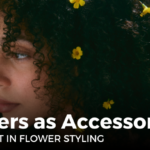AQUAMARINE FLOWERS
This month’s favorite flower color is aquamarine. This year, we are spotlighting unique flower colors for you to use in custom flower arrangements, wedding bouquets, centerpieces and anywhere else you might need great-looking flowers. To make the chosen colors a little more interesting, we are starting with birthstone colors. Last month’s was amethyst, and this month it’s aquamarine, or light blue. (Click here for all of our color of the month posts)
Aquamarine is the bluish-green variety of the mineral beryl. The name beryl comes from the Green, beryllos which means to a “precious blue-green color-of-sea-water stone.” We often see aquamarine used in jewelry and it is the birthstone for March.
When creating a color palette for your flower arrangement or wedding bouquet, choose analogous colors to aquamarine, meaning next to it on the color wheel. These include a mixture of blues and light purples, excellent for pale blue flower arrangements.. Aquamarine’s complement color is a dusty, antique pink — a great accent to your light blue flowers! The tetrad colors of aquamarine are also easily incorporated into floral designs. The complimentary colors of aquamarine give this hue a surprisingly-rustic mood. Keep these colors in mind when creating your next aquamarine or light blue flower arrangement or color palette.
The following guide are a collection of very unique, aquamarine/light blue colored flowers available from your local florists. This guide focuses on light blue flowers you might not think of!
This is a great flower guide for brides looking for unique color palettes and unusual flowers for their wedding. [Read more…]


 Find Your
Find Your 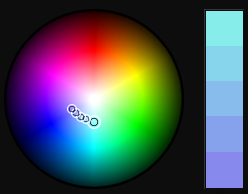
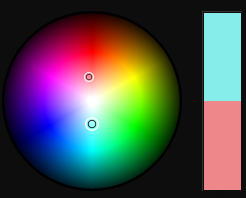
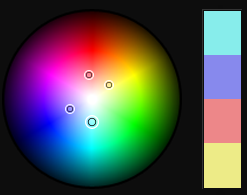
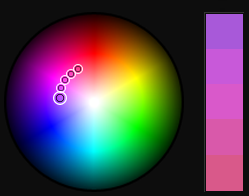
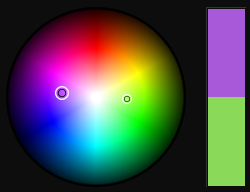
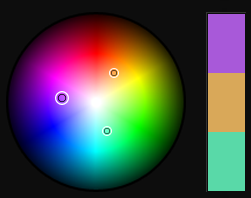
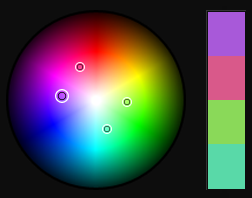

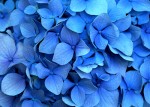
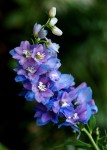 Consider the enchanting
Consider the enchanting 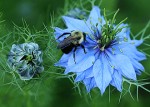 The ethereal, light and airy
The ethereal, light and airy 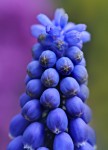 It just wouldn’t be spring without masses of tiny
It just wouldn’t be spring without masses of tiny 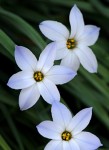 Star-shaped, pale blue
Star-shaped, pale blue 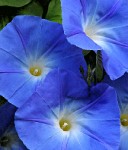 In my humble opinion, a garden without
In my humble opinion, a garden without 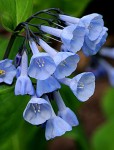 The buds of the herbaceous perennial
The buds of the herbaceous perennial 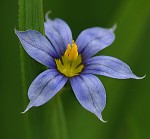 Best planted in large groups for maximum visual impact,
Best planted in large groups for maximum visual impact,  This
This 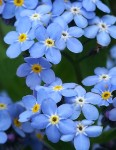 And finally, we can’t forget the diminutive
And finally, we can’t forget the diminutive 



